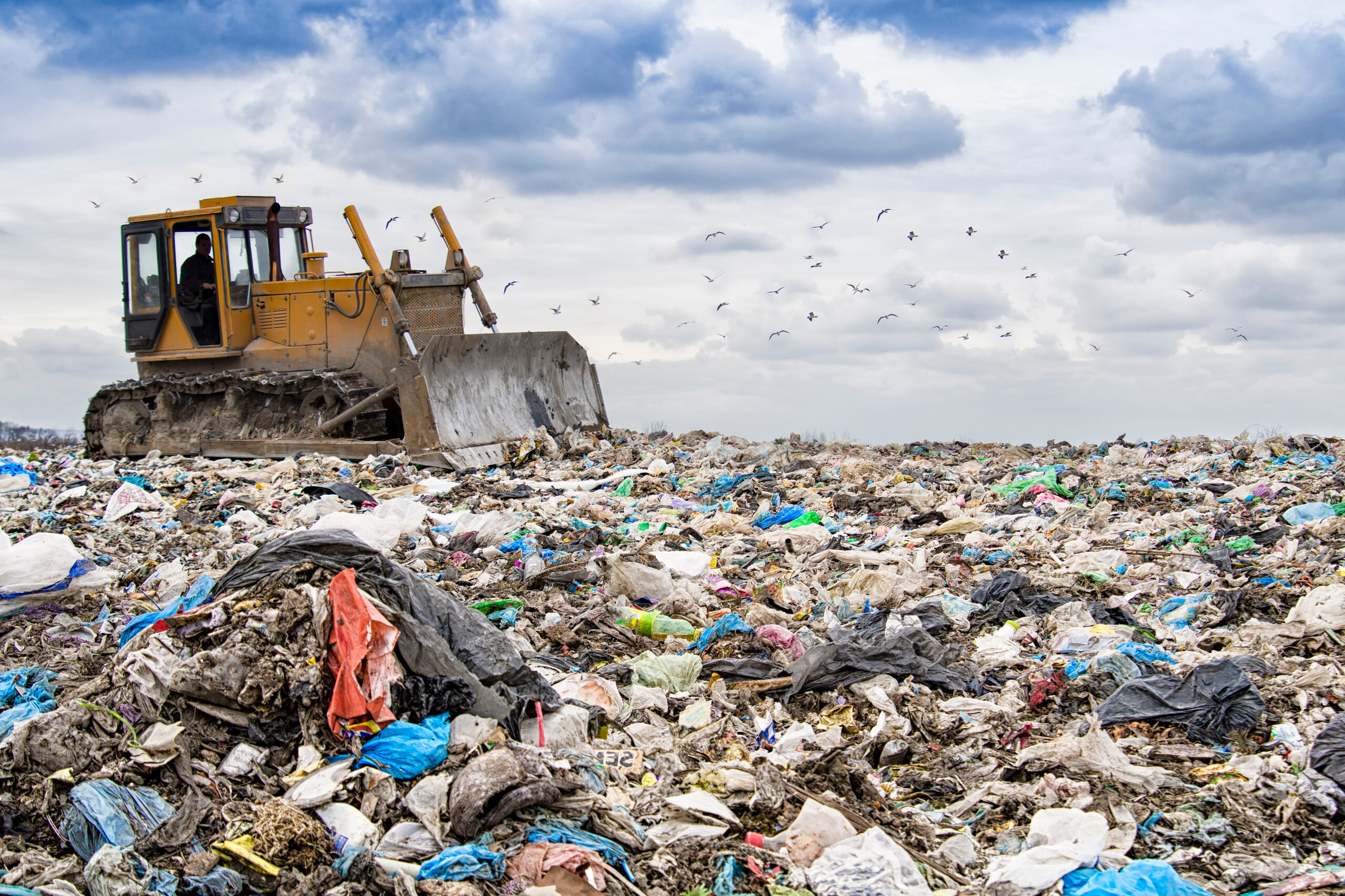Plastic: fantastic? Part 1: A little history
Published August 2025 © DATA4CIRC
We use plastics every day. If you’re reading this on a computer, your mouse and keyboard are made of plastic. You’re probably wearing clothes that contain plastic. Plastic is everywhere – we’ve all heard news stories about microplastics. And who hasn’t stood in front of a recycling bin and asked ‘can I put this in here?‘ It can be confusing…
In DATA4CIRC’s next blog series we’ll be starting with the basics – explaining what a plastic is, and looking at their fascinating history – how this ‘miracle material’ has become a global concern. As the recycling of agricultural plastics is one of DATA4CIRC’s use cases, we’ll also look at the different types of plastic and learn about some of the problems we face in recycling them! Enjoy!
Plastic – the beginnings and the basics
If we want to start with basics, we‘ll need to begin with a little bit of technical detail. Answering the questions: ‘what is a plastic?’ might be more complex than you think. According to Directive (EU) 2019/904, a plastic is a “material consisting of a polymer […] to which additives or other substances may have been added.” But this only begs the question: ‘what is a polymer?’

In a very simple chemical sense, polymers are just sequences of smaller molecules (monomers) that have reacted with themselves to form chains (a process called polymerisation). They are remarkably common and can include many substances that are not plastic: like keratin (found in hair/wool, horn, and skin), cellulose (found in wood, paper), and chitin (a substance found in the exoskeletons of insects). Humans have been making use of such naturally occurring polymers for millennia! Plastics are, however, a far more recent invention.
The distinction between a polymer we think of as a “plastic” and one which we don’t is really quite arbitrary from a chemical perspective, though synthetic polymer chains are often far longer than naturally occurring ones. The polymers in the most common plastics we use today are primarily made of carbon (usually derived from fossil fuels). However, one of the earliest plastics was celluloid, which was developed from cellulose in the 1860s and became the basis for film industry. The birth of the modern plastics industry can really be traced to the invention of the first entirely synthetic plastic, Bakelite, in 1907. Early plastics were seen as good for wildlife and the environment: they often replaced increasingly rare materials such as ivory and tortoiseshell.
Slide show of early plastic items
Many more plastics swiftly followed, particularly in the 1930s and 40s, when during the Second World War plastics first became vital for the war effort. Subsequently, plastics became the focus of a boom in cheap consumer products (Perspex, Nylon, Teflon and Polyethylene were all invented around this time). These materials turned out to be incredibly useful – they were lightweight, flexible, mouldable, and cheap. They could be used to make a fantastic array of products: as insulators they could be used in electrical wiring, transparent plastic could be used in place of more fragile glass in many applications, their hygienic qualities made them suitable for packaging and medical devices. There are now many thousands of different types of synthetic polymers: they are incredibly versatile, and their properties can be changed by making minor changes to their chemical structure. They are also extremely durable: they last for what seems like forever because organisms have not evolved that can break down complex synthetic materials.
Plastic – the problem(s)
The economics of mass-produced, cheap plastic products also created a single-use culture. A hundred years later, we are seeing the problem with both plastic’s durability and the single-use culture: hardly a day goes by without a news story about plastic pollution, especially microplastics and nano-plastics, which have been found to damage sperm, and to be present in human kidney, liver, and brain tissue. Of particular concern are some of the additives that are included in the plastic manufacturing process.

Plastic often ends up in landfill, where it does not biodegrade and can release pollution into the ground and water
The scale of the problem we face is huge: global production of plastic has increased from 2 million tonnes per annum in 1950 to over 380 million tonnes and this is predicted to quadruple by 2050. Plastic has been found from the top of Mount Everest to the bottom of the deepest ocean trenches. It’s even transported across the atmosphere.
An additional problem is where we get so much of the carbon that forms the basis of the synthetic plastics we use: fossil fuels. However, even bio-based plastics, which avoid the use of fossil fuels in favour of a sustainable source of carbon, are chemically identical to plastics made from fossil-fuels. This means that, whilst they may have a smaller carbon-footprint, they won’t have much impact in terms of preventing microplastic pollution at the other end of their lifecycles unless recycling is used.
A huge challenge when it comes to plastic recycling is separation: if different polymers are mixed, it is difficult to produce a material out of them that will still have useful properties. So, the next thing we need to look at is the different kinds of plastic and how they can be recycled. Part 2 of this blog series will look at exactly that!
You can keep up to date on the latest developments from our project by following us on the DATA4CIRC social media channels:







